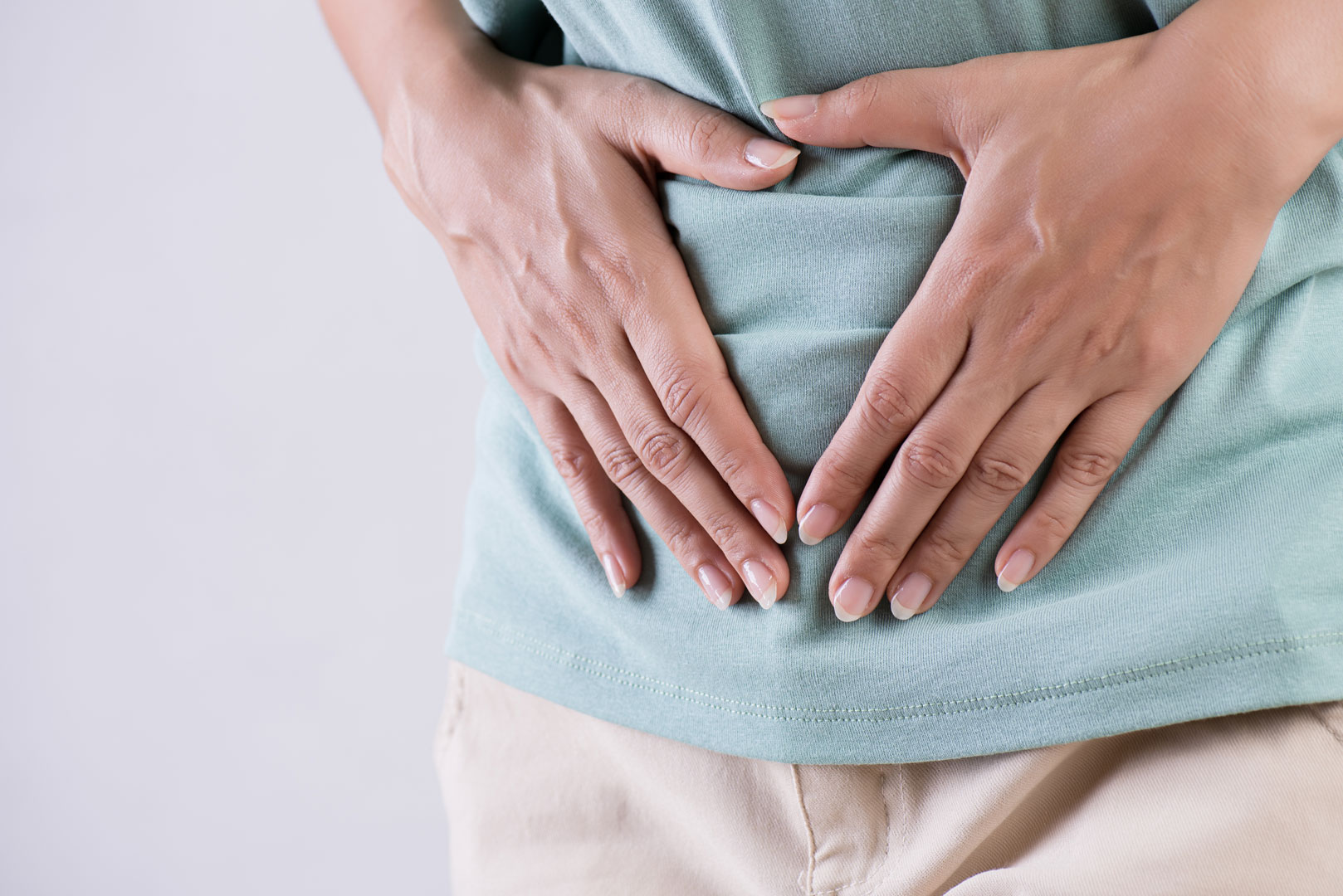Asherman Syndrome is a rare but serious condition affecting women’s reproductive health. It involves the formation of scar tissue (adhesions) inside the uterus, which can lead to a range of symptoms and complications. Understanding Asherman Syndrome, its causes, symptoms, and treatment options is essential for women who may be affected by this condition.
About Asherman Syndrome
Asherman Syndrome, also known as intrauterine adhesions, occurs when scar tissue forms inside the uterus. This can happen after surgical procedures such as dilation and curettage (D&C), particularly if performed after a miscarriage, childbirth, or abortion. The adhesions can partially or completely obliterate the uterine cavity, leading to menstrual irregularities and fertility issues.
Symptoms of Asherman Syndrome
The symptoms of Asherman Syndrome can vary depending on the extent and location of the adhesions. Common symptoms include:
- Menstrual Irregularities: Women with Asherman Syndrome often experience changes in their menstrual cycle. This can include lighter periods (hypomenorrhea), infrequent periods (oligomenorrhea), or even the absence of periods (amenorrhea).
- Infertility: Difficulty conceiving or recurrent miscarriages are significant concerns for women with Asherman Syndrome. The adhesions can interfere with embryo implantation and pregnancy maintenance.
- Pelvic Pain: Some women may experience chronic pelvic pain or discomfort.
- Recurrent Miscarriages: The presence of adhesions can increase the risk of miscarriage.
Causes of Asherman Syndrome
The primary cause of Asherman Syndrome is trauma to the uterine lining. This trauma can occur during surgical procedures such as:
- Dilation and Curettage (D&C): This is the most common cause of Asherman Syndrome. It is often performed after a miscarriage, childbirth, or abortion to remove remaining tissue.
- Uterine Surgery: Procedures like myomectomy (removal of fibroids) or cesarean section can also lead to the formation of adhesions.
- Infections: Severe pelvic infections can damage the uterine lining and result in adhesions.
- Radiation Therapy: Radiation treatment for certain cancers can damage the uterus and lead to scar tissue formation.
How It Is Diagnosed
Diagnosing Asherman Syndrome involves a combination of medical history, physical examination, and imaging studies. Key diagnostic methods include:
- Hysterosalpingography (HSG): This X-ray procedure involves injecting a dye into the uterus to visualize the uterine cavity and fallopian tubes. It can help identify the presence and extent of adhesions.
- Hysteroscopy: This is the gold standard for diagnosing Asherman Syndrome. A thin, lighted scope is inserted into the uterus through the cervix, allowing direct visualization of the uterine cavity and any adhesions.
- Ultrasound: Transvaginal ultrasound can sometimes detect abnormalities in the uterine cavity, but it is less specific than hysteroscopy or HSG.
Treatment Options
The treatment of Asherman Syndrome aims to remove the adhesions, restore normal uterine function, and improve fertility. Treatment options include:
Medications
- Hormone Therapy: Estrogen therapy can help promote the growth of the uterine lining after adhesions are removed. This can improve the chances of successful pregnancy.
Surgical Treatment
- Hysteroscopic Adhesiolysis: This is the primary treatment for Asherman Syndrome. During hysteroscopy, the adhesions are carefully cut and removed using small instruments. The procedure is often done under general anesthesia.
- Balloon Catheter Placement: After surgery, a balloon catheter may be placed inside the uterus to keep the walls separated and prevent new adhesions from forming. The balloon is typically left in place for a few days to weeks.
- Repeat Hysteroscopy: In some cases, repeat hysteroscopy may be needed to ensure that all adhesions have been successfully removed and to check for any recurrence.
Lifestyle and Counseling
- Emotional Support: Dealing with Asherman Syndrome and its impact on fertility can be emotionally challenging. Counseling and support groups can help women cope with the psychological aspects of the condition.
- Regular Monitoring: Regular follow-up appointments with a gynecologist are essential to monitor the condition and address any recurrence of adhesions.
Conclusion
Asherman Syndrome is a serious condition that can significantly impact a woman’s reproductive health. Early diagnosis and appropriate treatment are crucial to restoring normal uterine function and improving fertility outcomes. If you suspect you have symptoms of Asherman Syndrome, it is important to consult a healthcare provider for a thorough evaluation and personalized treatment plan. With the right medical care and support, many women with Asherman Syndrome can achieve successful pregnancies and improve their quality of life.







